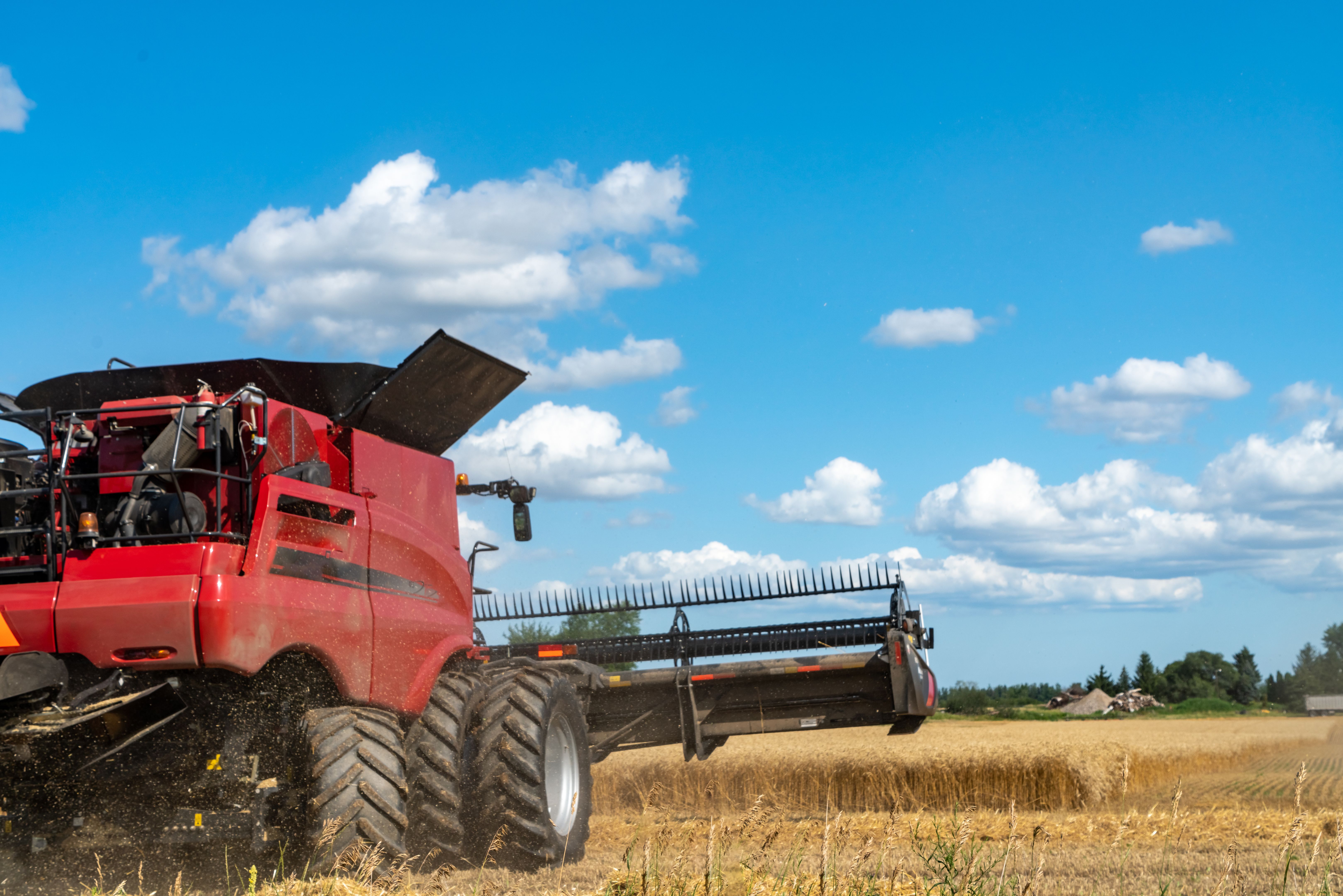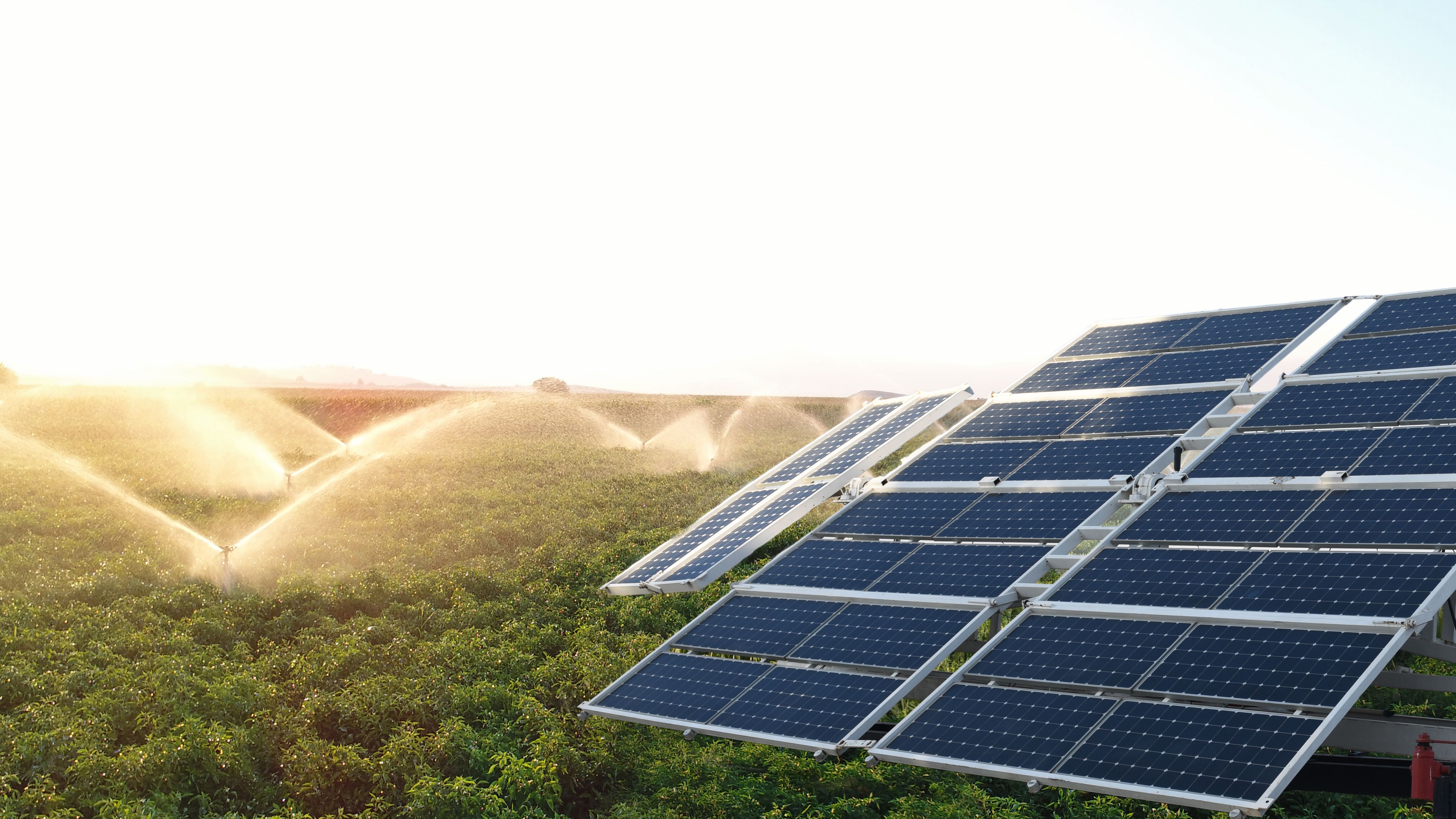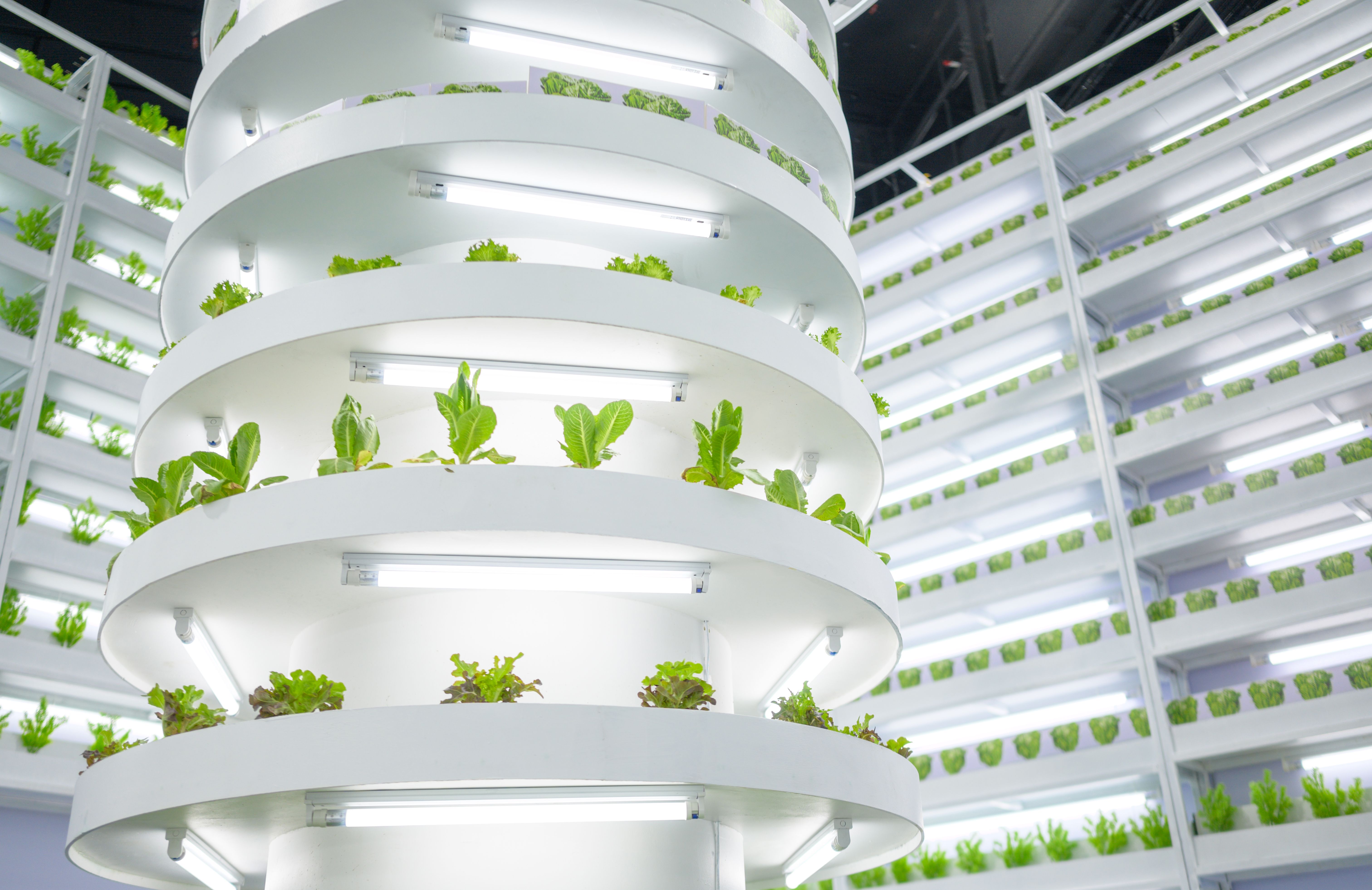Energy Prices and Their Impact on Agricultural Commodity Costs
Understanding the Connection Between Energy Prices and Agriculture
The relationship between energy prices and agricultural commodity costs is both intricate and critical. Energy serves as a significant input in the production, processing, and transportation of agricultural goods. As energy costs fluctuate, they can have a ripple effect across the entire supply chain, impacting everything from farm operations to the final price consumers pay at the grocery store.
In agriculture, energy is primarily used for three main purposes: powering equipment and machinery, heating greenhouses, and producing fertilizers and pesticides. Therefore, any increase in energy prices can significantly raise the overall cost of production.

The Role of Fuel in Agricultural Operations
Fuel is a major component of energy use in agriculture. Tractors, combines, and other machinery rely heavily on diesel fuel. When fuel prices rise, so do the costs associated with planting, cultivating, and harvesting crops. These increased costs are often passed along the supply chain, impacting the price of commodities like corn, wheat, and soybeans.
Moreover, transportation is another critical aspect where fuel prices play a pivotal role. Both domestic distribution and international export of agricultural commodities rely on fuel-powered vehicles and vessels. Higher transportation costs can reduce profit margins for farmers and increase costs for consumers.
Impact of Electricity Prices on Farming
Electricity is another essential energy source for agriculture. Many farming operations depend on electricity to power irrigation systems, lighting, and other essential infrastructure. Increases in electricity prices can lead to higher operational costs, particularly for farms that rely heavily on controlled environments like greenhouses.

Farms that utilize advanced technology such as automated systems or hydroponic setups are especially vulnerable to changes in electricity costs. These farms may face difficult decisions regarding their energy consumption strategies or have to invest in alternative energy sources like solar or wind power.
Fertilizer and Pesticide Production: An Energy-Intensive Process
The production of fertilizers and pesticides is another area where energy costs have a substantial impact. These products are often derived from natural gas and other fossil fuels. As the prices of these inputs rise, so do the costs of fertilizers and pesticides. This increase can affect farmers' ability to maintain soil fertility and control pests effectively.
Consequently, higher fertilizer and pesticide costs may lead to reduced crop yields or increased prices for consumers. Farmers must weigh these factors carefully when planning their production cycles.

Strategies for Mitigating the Impact of Energy Costs
Many farmers are turning to alternative practices to mitigate the impact of rising energy prices. These include adopting more energy-efficient technologies, utilizing renewable energy sources, and implementing precision agriculture techniques to optimize resource use.
Some farmers are also exploring options like biofuels, which can reduce their reliance on traditional fossil fuels. By investing in these strategies, farmers can better manage their energy costs and maintain profitability even as global energy prices fluctuate.
The Global Perspective
The impact of energy prices on agricultural commodity costs is not limited to individual farms or regions; it has global implications. As energy prices rise worldwide, they contribute to increased food prices on a global scale. This can lead to food security challenges in developing countries and increased pressure on international trade relations.
Understanding these dynamics is crucial for policymakers, who must consider both domestic energy policies and international cooperation to address the challenges posed by fluctuating energy markets.

By staying informed about the relationship between energy prices and agricultural commodity costs, stakeholders across the agricultural sector can make more strategic decisions that support sustainability and economic stability.
